A Brief Insight to the History of Japanese Stone Lanterns
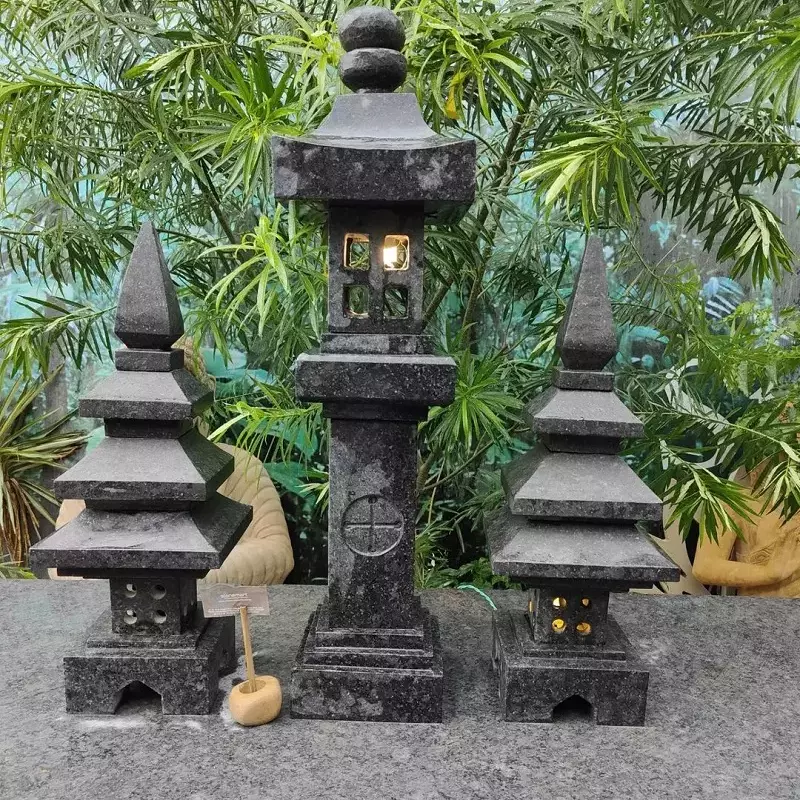
Natural stone lanterns are widely being used for both interior décor and exterior décor across the globe. They generate an enchanting radiance and make your home and garden feel nothing short of a wonderland. The concept of natural stone lamp posts, lanterns and stone pagodas originated in Japan thousands of years back in the form of votive lights.
They became an integral part of the Buddhist tradition of the region around 6th century. These stone lamps were the symbol of the light representing the teachings of the Buddha and how it helps the bearer to overcome the darkness of ignorance. That is one of the pivotal reasons why these lanterns were opted under Japan's native Shintoism and were used as votive lights to light the precincts of shrines and temples.
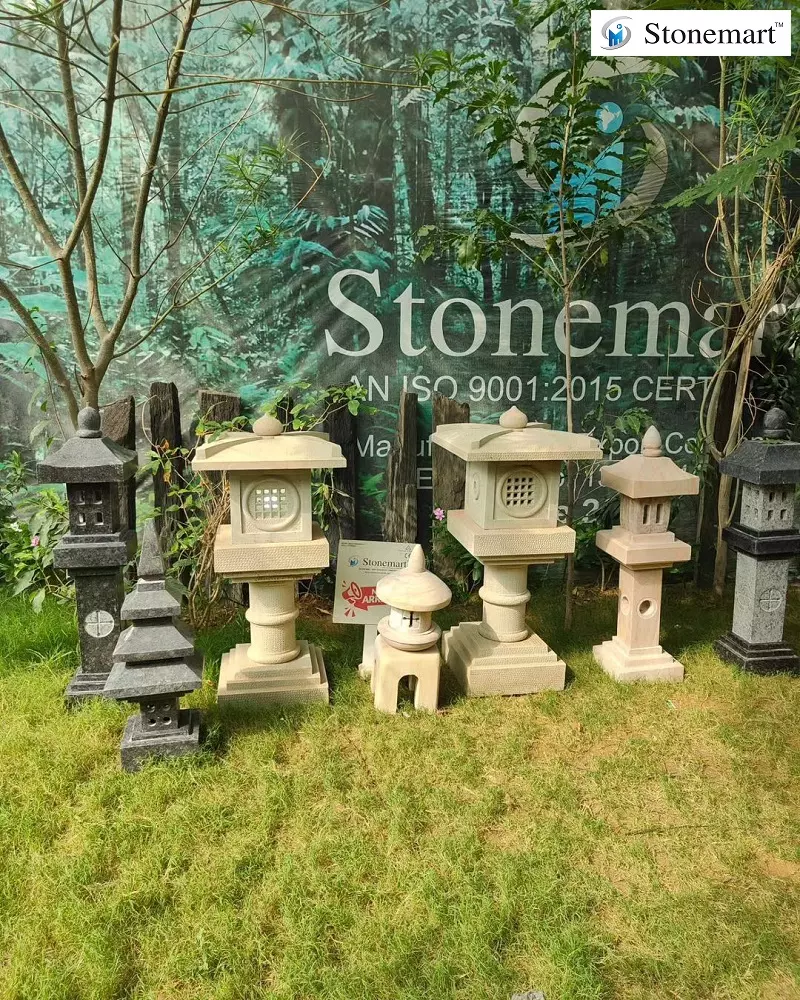
The History of Japanese Stone Lanterns and Why They Become So Popular Across the Globe?
Throughout Japan, one can find traditional Japanese gardens known as Nihon Teien that are visited by both local and international tourists alike. There are three types of gardens that are popular in the country, these are Kairaku-en in Mito in Ibaraki Prefecture, the Koraku-en in Okayama in the Okayama Prefecture and the Kenroku-en in Kanazawa in the Ishikawa Prefecture. The water in these gardens are heavily accented with bridges and stepping stones. These bridges and stepping stones are often used to lead the visitors to a Japanese tea house. The pathways till you reach the destination are usually attributed with Japanese stone lanterns.
MUST READ: Why Natural Stone Lamps the Best Choice for Home and Garden Landscape Decor?
The traditional Japanese names for these lanterns is ishidourou, and as per the science of Feng-shui, they play a pivotal role in bringing balance and harmony to the garden, apart from illuminating the path during the hours of darkness. Till the end of the 16th century, these stone lanterns and pagodas were primarily used for religious ceremonies only.
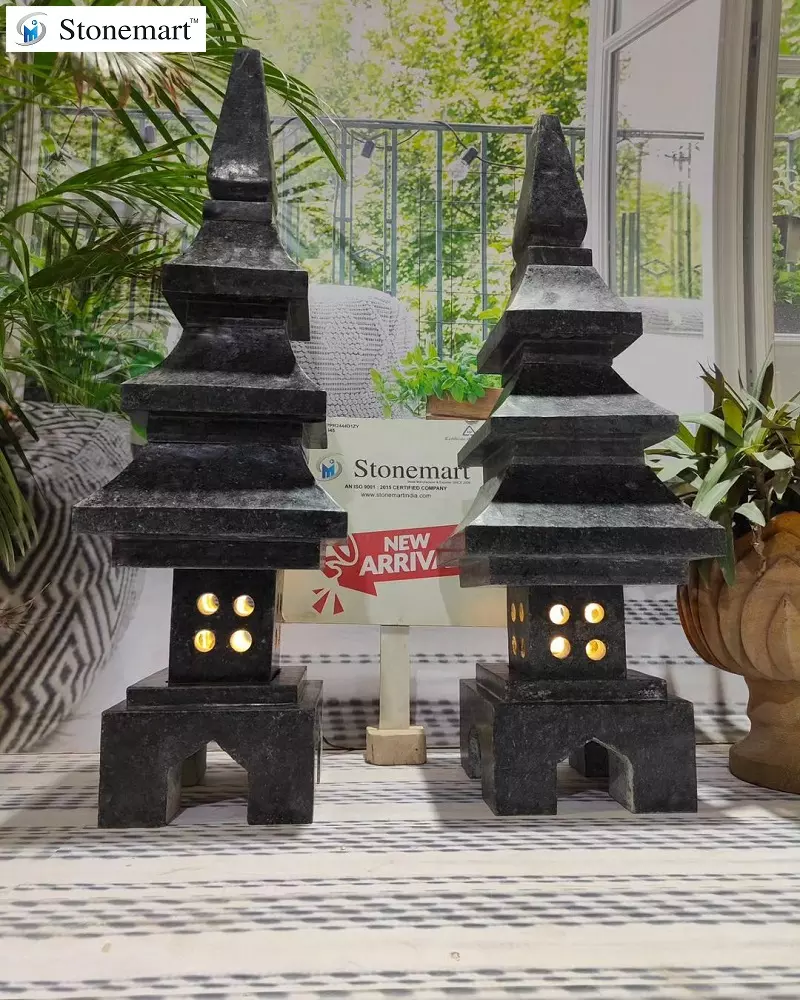
But with the advent of the 17th century, commoners started using the stone lanterns to light their tea gardens, as tea has a great symbolic value in Japan. With the passage of time, these lanterns began to take on new aesthetics and several new designs were introduced. These designs have inspired the leading natural stone manufacturer and exporter in India to hand carve Japanese pagodas and lanterns and sell them as a fusion of traditional and contemporary décor.
The History of the First Japanese Lanterns
Do you know that some of the foremost batches of the lanterns manufactured in Japan are still being preserved in certain parts of the country? There is one Japanese lantern popularly known as the Taima-ji which is believed to be as many as 1300 years old. This ancient lamp post is situated in Nara, Japan. As a matter of fact it is extremely special, it is not the only surviving Japanese lamp post of Asuka period. There are 100 more of them in existence, especially in the historic city of Kyoto.
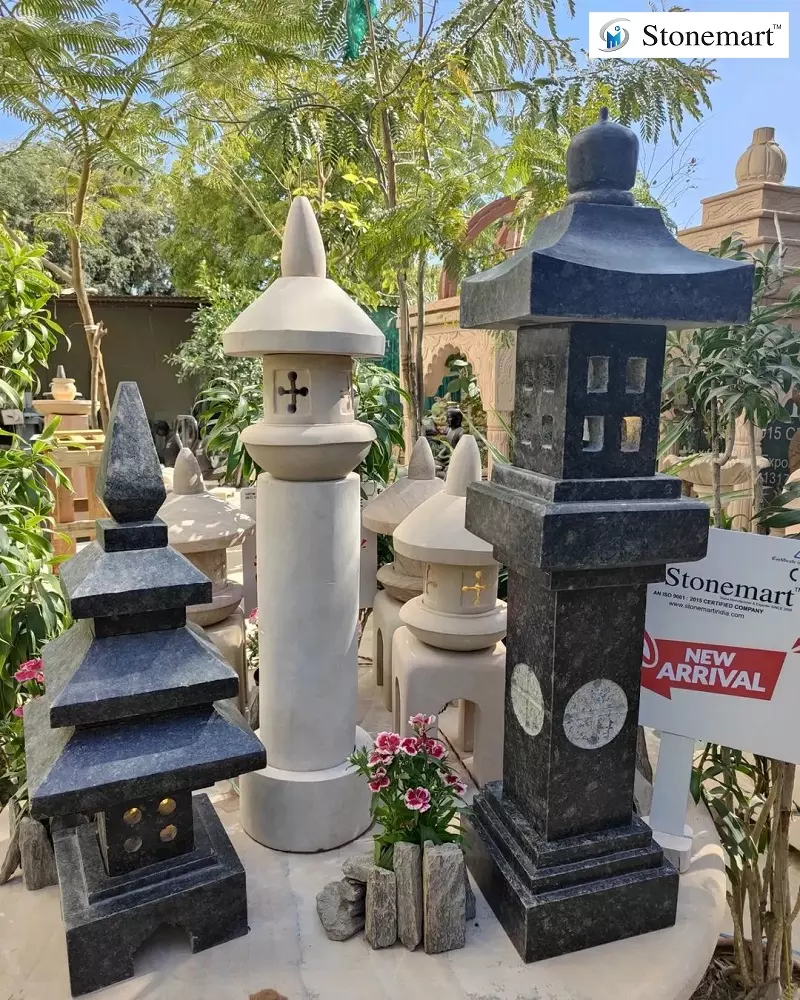
MUST READ: Which Natural Stone Decor Manufacturer and Exporter Brand You Can Bet Upon?
How the Japanese Lanterns Are Made from the View of Contemporary Decor?
The natural stone lanterns are usually made with a pedestal and there is no bonding or pasting used to hold everything together. All the parts are independent units in themselves and are mounted upon one another to form the entire product. A shaft is provided either at the top or in the middle as a compartment for the surface light fitting. Decoration work is usually accomplished at the top, the pedestal base and shoji window like design. It is worth notable that garden style lanterns tend to adopt a more modern lantern design, while more traditional lantern designs are common with what one might see at a shrine or a temple.

Different Types of Popular Japanese Stone Lanterns and their Symbolism
The beauty of Japanese culture is such that almost everything has a symbol or meaning and lanterns made from granite or sandstone are certainly not an exception at all. The light of the stone lamp represents love, brightness and refuge from anything evil. Let us understand some of the most popular types of Japanese lanterns that you can shop from limited online brands.
- Tachi-Gata: It is a form of pedestal lantern which is featured with a flower like pattern. According to the Japanese culture, the flower pattern is the symbol of wealth and career progression. These lanterns also mark the birth of an important person.
- Yukimi-Gata: One of the most beautiful lamp posts that are popular for catching snow upon their wide roofs. These snow-viewing lanterns have witnessed a long history that dates back as old as the Edo era and believed to be the circle of life.
- Ikekomi-Gata: Also called as a remembering lantern, what is unique about this form of lantern is that instead of representing Buddhism, it is the representation of the Christians in Japan. But the purchase of these lanterns is not confined to a particular religion only.
- Oki-Gata: Usually hand carved as granite pagodas and lanterns, they are commonly placed in gardens. The main theme with which these Japanese lanterns and pagodas are designed is to explore the beauty through imperfections and to showcase how impermanent actually is the natural world.
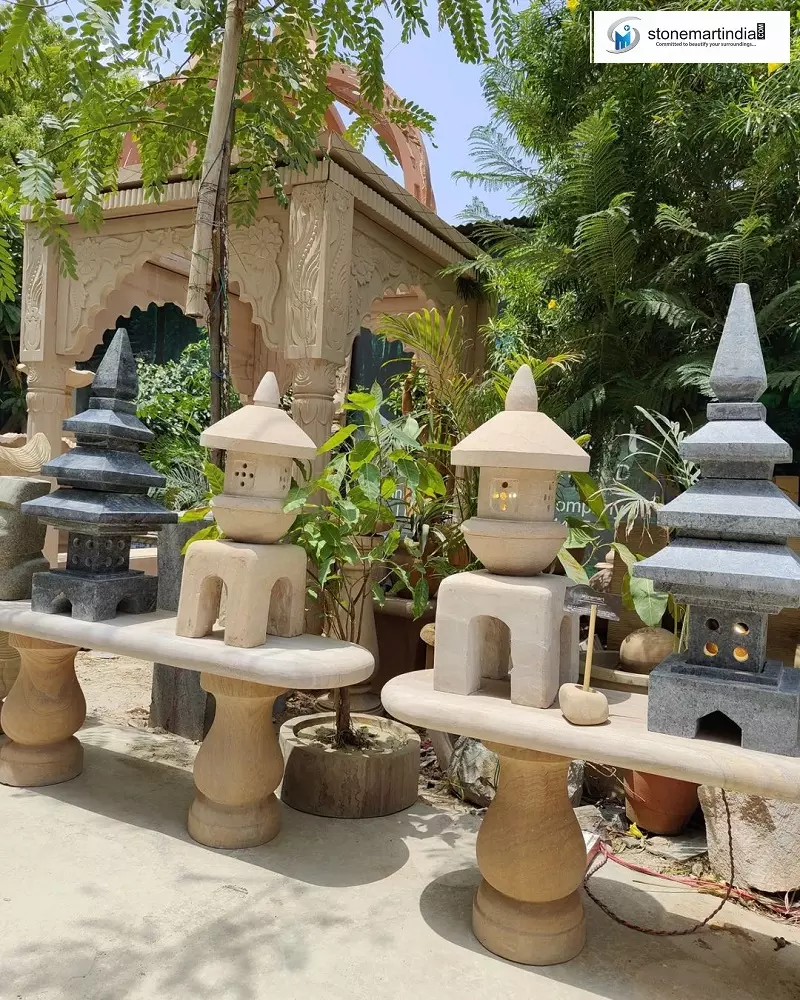
MUST READ: Natural Stone Vaastu Products to Bring Positive Vibes and Energies to your Home
Conclusion
Earlier, the roots of the Japanese stone lamp posts and pagodas were restricted to the countries like China and Korea only. As other cultures were a bit reluctant to opt for the East Asian theme of stone craftsmanship. Now, due to their growing popularity in the South Asia, especially in the Indian subcontinent, there are Indian brands launching the international series of Japanese lamp posts, lanterns and pagodas by classifying them under landscaping décor category. What is more pleasing to learn is that they are now getting made as 100% made in India products with phenomenal artistic expertise of Indian artisans.
